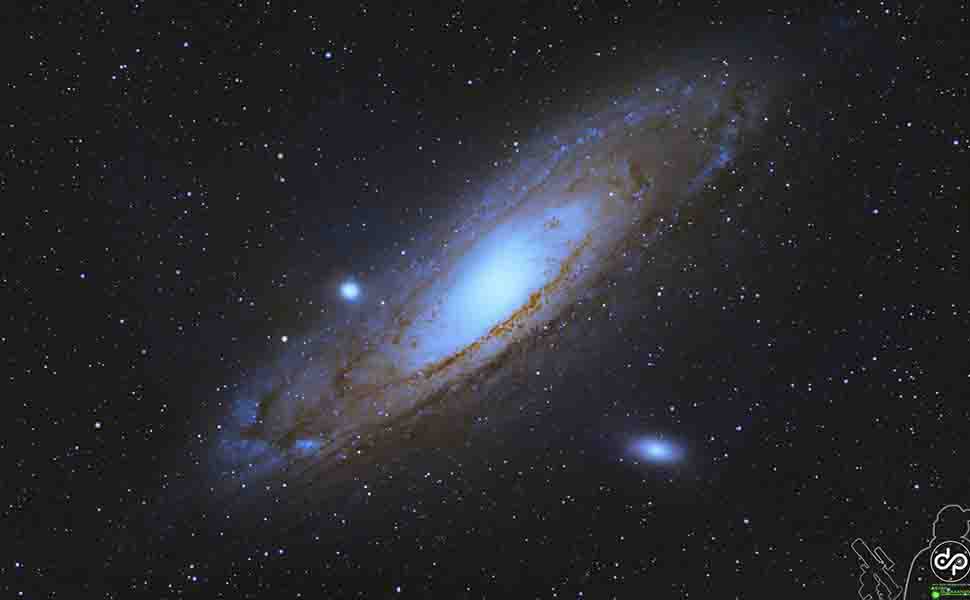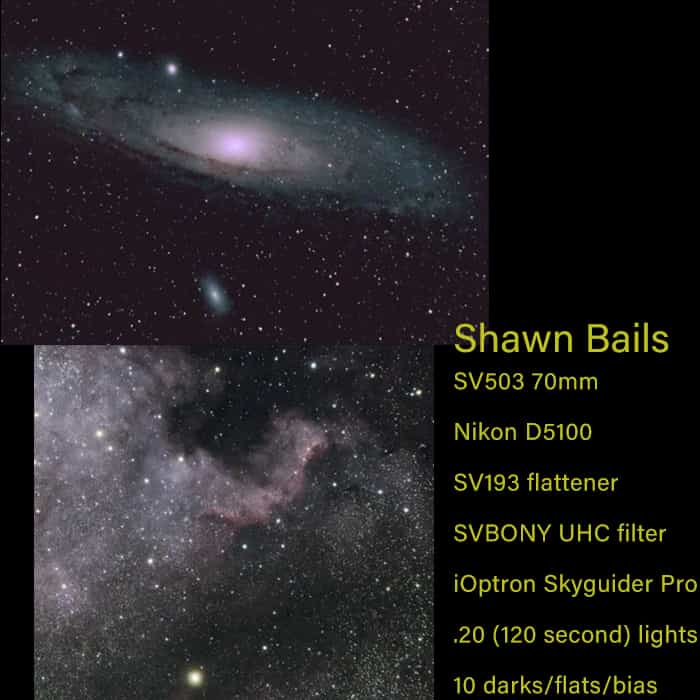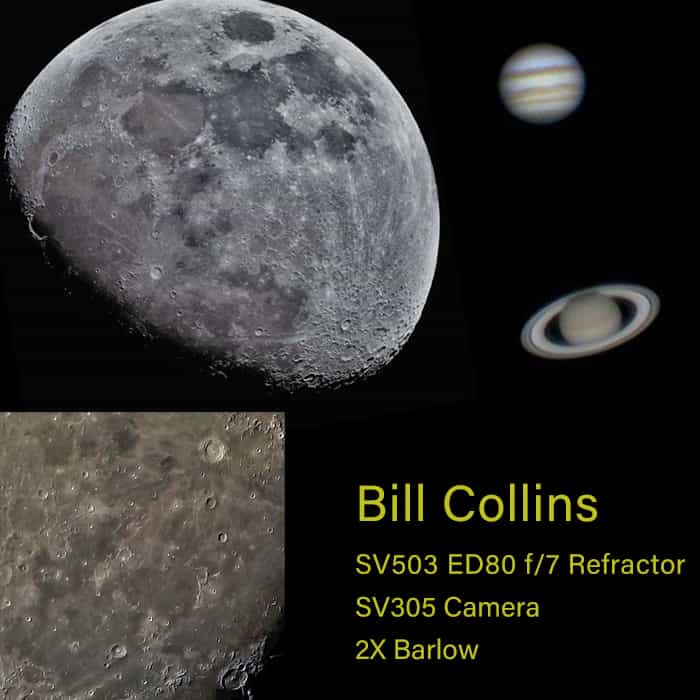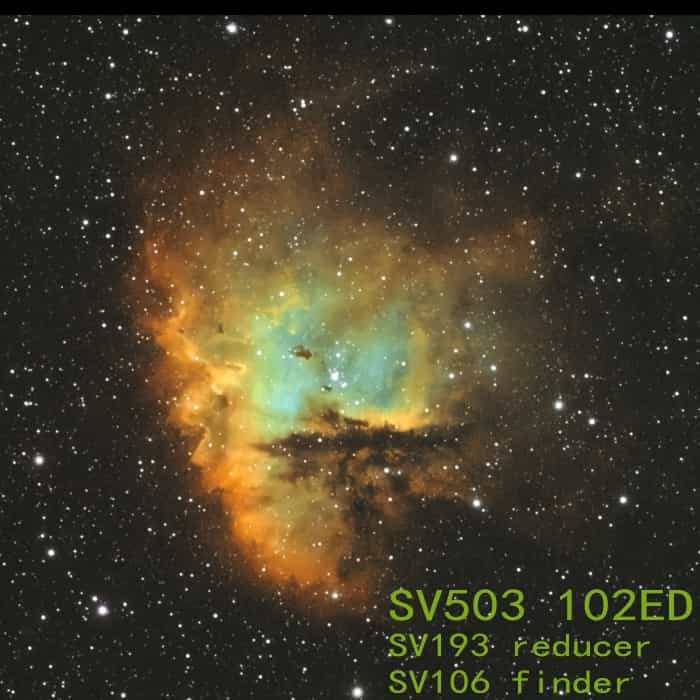Do you want to spot a dance of a half-trillion stars?

Do you want to spot a dance of a half-trillion stars?
How to choose a telescope?
Hi, everyone. Today we are talking about how to choose a refractor telescope.
Do you want to spot a dance of a half-trillion stars? The boundless universe embraces numerous secretes, absorbing humans to observe. Therefore, our intelligent ancestors invented telescopes to help us to unveil its mysteries. As I learned, there are three kinds of telescopes--refractor, reflect, and the catadioptric telescope. What we are talking about is refractors.
SV503 70ED 420mm f/6

What are the most important points when you consider a refractor? Firstly, there are three critical specifications---- caliber, focal length, and f-number. I will explain them separately.
Caliber, to be simple, is the diameter of the objective lens. It relates to resolving capacity. High resolving capacity means high detail information of your object. So the bigger caliber you have, the brighter object you will get.
Focal length is the distance from the objective lens to focus. It relates to magnification. A longer focal length means you get a bigger image on the focus surface.
F/ number is a measure of the speed and clarity of the optical system. It is the ratio of the focal distance to the aperture size. The smaller f/number you have, the more light will come through the lens. Therefore the higher f/number(>f/15) is more suitable for planetary photography for you can get more detailed information about the star, and the small f/number(<f/6) is suitable for deep-sky photography, such as nebulae and galaxies. And the middle f/number (f/6-f/15) both are suitable for the double star, variable star, and cluster, etc.
SV503 80ED 560mm f/7

After we learn the main specifications of a refractor, as you can see, the objects also is an important factor you need to consider when it comes to a telescope. Generally, if you are primarily interested in imaging deep-sky objects, you need a big caliber, short f-number. If you get attached to planetary, an 80mm-100mm refractor can satisfy you.
SV503 102mm 714mm f/7

SV503 series are suitable for different degree astronomy lovers.
By the way, air condition also can affect the quality of your image. So once you have a clear sky, do not let it go.
Thanks for your watching and welcome to correct me if I write wrong information.








